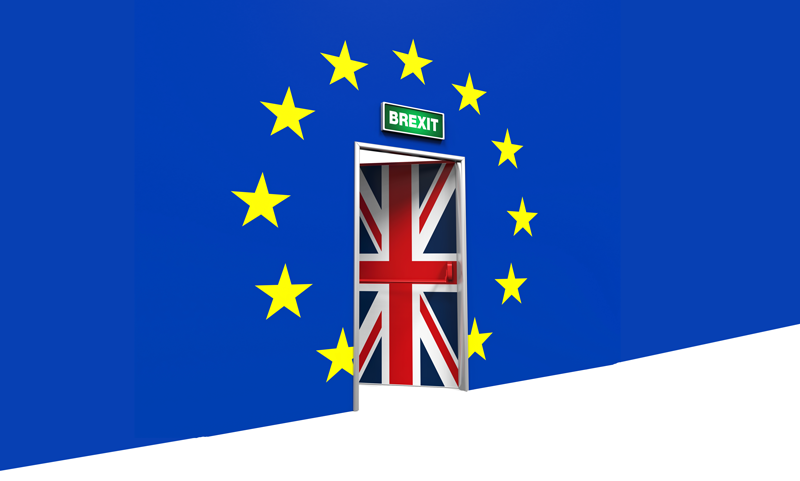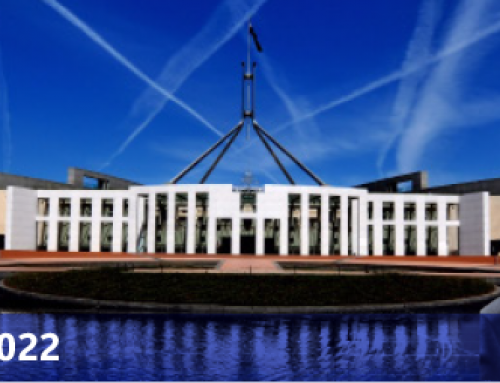It has been an interesting month since Britain unexpectedly voted to leave the European Union (EU). In this newsletter, we discuss some of the expected implications of this significant event on world investment markets.
Markets, particularly in the UK and Europe, fell sharply immediately after the result of the vote became clear. We believe that this was because the unexpected result of the vote caused short-term panic in markets. Indeed, in the lead up to the vote markets rallied strongly, reflecting the fact that markets overwhelmingly expected that Britain would vote to remain in the EU.
Over the last month, allowing for this one day fall, most global equity markets were up between 3% and 7%. This rally has been largely driven by confirmed additional monetary stimulus from the UK central bank as well as lower expectations concerning the timetable for increases to the official US interest rates. In addition, the general expectation that interest rates around the world will remain lower for longer is helping to stimulate investment markets.
Investment timeframe is the key to investment decisions
Planning your investment decisions around your investment timeframe is key in helping to ensure your portfolio has the best chance of meeting your investment goals.
For those with a medium to long term investment timeframe (i.e. 7 to 10 years), we expect that growth style assets (such as shares and property assets) should provide a strong return relative to conservative style assets (such as cash and fixed interest assets), particularly if official interest rates remain low over the investment cycle. Over the next 7 to 10 years, we expect that quality share and property investments will deliver returns of around 7% – 9% p.a. We expect cash and fixed interest assets to return around 1.5% – 4% p.a. over a similar period.
However, in the short-term (i.e. the next 12 months), the direction of markets remains unclear. Britain’s exit from the EU has accentuated growing unrest all over Europe and there is now a real risk that Europe may begin to splinter. If this was to occur, we could see another financial crisis driven by debt default risk.
So, how should you invest now?
In conditions such as this, we take a cautious approach to investing. For those nearing or in retirement, we suggest regularly reviewing your investment risk profile and maintaining an underweight position to growth asset investments.
For those aged under 50 who are still accumulating their wealth for the future, a neutral weight to growth assets may be appropriate. For new money being invested into the market, a dollar cost averaging strategy (i.e. investing a little each month rather than all at once) may be a better approach.
If you have any questions concerning your investments, please contact us to discuss further.
Click here to download a pdf of this newsletter.



